
Doctors Reveal That Eating Bell Peppers Frequently Causes..

Bell peppers — whether red, yellow, orange, or green — are among the most colorful and nutritious vegetables you can add to your plate. Crisp, sweet, and refreshing, they’re not only delicious but also rich in vitamins, antioxidants, and fiber.
However, as with any food, eating them frequently has both significant upsides and a few potential downsides for certain people. Understanding both sides can help you enjoy bell peppers safely while maximizing their many benefits.
🌈 What Bell Peppers Can Do for You
1. Packed with Vitamins and Antioxidants
Eating bell peppers regularly can dramatically boost your intake of vitamin C, vitamin A (as beta-carotene), folate, and a wide range of antioxidants such as lutein and zeaxanthin.
Why:
A single medium red bell pepper contains more vitamin C than an orange, along with carotenoids that support eye health, immune function, and skin repair.
Result:
Improved immune defense, better vision protection against age-related macular degeneration, and increased antioxidant protection against daily cellular damage. Over time, these nutrients can support healthy aging and skin vitality.
2. Enhanced Iron Absorption
Bell peppers are one of the best natural aids for improving your body’s ability to absorb non-heme (plant-based) iron from foods like lentils, spinach, or beans.
Why:
Vitamin C helps convert iron into a more absorbable form in your digestive tract.
Result:
This makes bell peppers especially helpful for vegetarians, vegans, and anyone with mild iron deficiency who wants to improve energy levels and reduce fatigue naturally.
3. Supports Digestion and Weight Management
Because they’re low in calories but high in fiber and water, bell peppers help you feel full longer while keeping your digestive system moving smoothly.
Why:
Fiber promotes bowel regularity and supports the balance of healthy gut bacteria, while water content adds volume without calories.
Result:
Regular consumption can help with weight control, appetite regulation, and digestive comfort—especially when paired with other high-fiber foods.
⚠️ Potential Downsides for Some People
4. Digestive Irritation or Discomfort
While most people digest bell peppers easily, some experience bloating, gas, stomach pain, or heartburn, especially after eating them raw.
Why:
The outer skin of bell peppers contains cellulose, a tough fiber that some digestive systems find difficult to break down. Peppers also belong to the nightshade family, which contains small amounts of alkaloids—compounds that can irritate sensitive guts in rare cases.
Result:
If you have IBS, GERD, or a sensitive digestive system, cooked or peeled peppers may be more comfortable to eat. Roasting, sautéing, or steaming usually makes them gentler on the stomach.
5. Rare Allergic or Sensitivity Reactions
True bell pepper allergies are uncommon, but they do occur. Symptoms may include itching, swelling, hives, or in rare cases, respiratory discomfort.
Some people experience oral allergy syndrome (OAS)—itching in the mouth or throat—due to cross-reactivity with pollen proteins.
Why:
The immune system mistakes pepper proteins for pollen, triggering a mild allergic reaction.
Result:
If you suspect a sensitivity, avoid raw peppers and consult an allergist. Cooked peppers are often tolerated better since heat denatures the reactive proteins.
6. Minor Medical or Drug Considerations
Bell peppers are considered safe for most people, even for those taking medications. They’re low in vitamin K, so they usually don’t interfere with blood-thinning drugs like warfarin—unlike leafy greens.
However, if you’re on multiple medications, managing a chronic illness, or following a restricted diet, it’s wise to discuss frequent bell pepper consumption with your healthcare provider to ensure no unexpected interactions.
🍽️ How to Eat Bell Peppers Safely and Sensibly
Typical Intake
Eating one to two medium bell peppers per day is perfectly safe and provides an impressive amount of vitamin C, fiber, and hydrating water.
Cook or Eat Raw — Both Have Benefits
-
Raw peppers give you the maximum vitamin C since this nutrient is heat-sensitive.
-
Cooked peppers (roasted, steamed, or sautéed) are gentler on digestion, soften the skin, and can enhance the availability of certain antioxidants like beta-carotene.
For Sensitive Stomachs
-
Peel the skin: Removing the outer layer reduces tough cellulose fibers that can cause gas or bloating.
-
Pair with healthy fats: Adding olive oil, avocado, or cheese enhances absorption of fat-soluble nutrients such as beta-carotene and lutein.
Choose and Store Properly
-
Wash well: Bell peppers can carry pesticide residues, so rinse thoroughly or choose organic if possible.
-
Rotate colors: Each color offers a slightly different nutrient balance — red and orange are richest in carotenoids, while green has a more bitter, less sweet profile.
-
Store in the fridge’s crisper drawer and use within a week to maintain freshness and nutrient quality.
🧂 Foods to Combine or Avoid
Foods to Be Cautious With
-
If you have GERD or acid reflux: Avoid large amounts of raw peppers, especially with other trigger foods like tomato sauces, spicy dishes, or citrus.
-
If you have a nightshade sensitivity or arthritis flare-ups: Some people notice symptom relief when eliminating nightshades (peppers, tomatoes, eggplants, potatoes). Discuss with your doctor before starting an elimination diet.
-
If you have pollen allergies or OAS: Stick to cooked peppers — heat destroys the proteins responsible for cross-reactivity.
Great Nutrient Pairings
-
With iron-rich plant foods: The vitamin C in bell peppers boosts iron absorption from lentils, beans, spinach, and tofu.
-
With healthy fats: Olive oil, avocado, nuts, or cheese help your body absorb carotenoids and other fat-soluble nutrients.
-
Culinary ideas: Enjoy them in salads, stir-fries, fajitas, salsas, stuffed peppers, or simply roasted as a colorful side dish.
🧬 Why These Effects Happen — The Simple Science
-
Vitamin C → strengthens immunity and improves iron absorption.
-
Carotenoids (beta-carotene, lutein, zeaxanthin) → powerful antioxidants that protect eyes and skin.
-
Fiber and water → support digestion, fullness, and gut health.
-
Cellulose and nightshade alkaloids → can irritate sensitive digestive systems.
-
Aroma compounds and histamine-like molecules → may trigger mild reactions in very sensitive individuals.
✅ Practical Takeaways
-
Eat them regularly: 1–2 peppers per day is healthy for most people.
-
Mix raw and cooked forms to balance vitamin C intake and digestive comfort.
-
Peel or cook if you experience bloating, gas, or heartburn after eating raw peppers.
-
Avoid completely if you have confirmed nightshade allergy or sensitivity.
-
Consult your doctor if you have ongoing digestive problems, autoimmune conditions, or are on complex medication regimens.
Final Thoughts
Bell peppers are one of the simplest, most colorful ways to upgrade your diet. They deliver an incredible combination of flavor, crunch, and nutrients with very few calories.
For most people, eating bell peppers daily supports strong immunity, eye health, and digestion — just remember to listen to your body, vary how you prepare them, and enjoy them as part of a diverse, balanced diet.
News in the same category


7 Benefits Of Papaya Seeds & How To Consume Them Correctly

Chanca Piedra (Stonebreaker): Benefits and Uses

Red Onion for Hair Growth: How This Overlooked Natural Remedy Can Stop Hair Fall and Boost Thickness Fast

Banana and Coffee: Powerful combination with surprising benefits

This is the BEST Homemade Shampoo for Soft and Shiny Hair
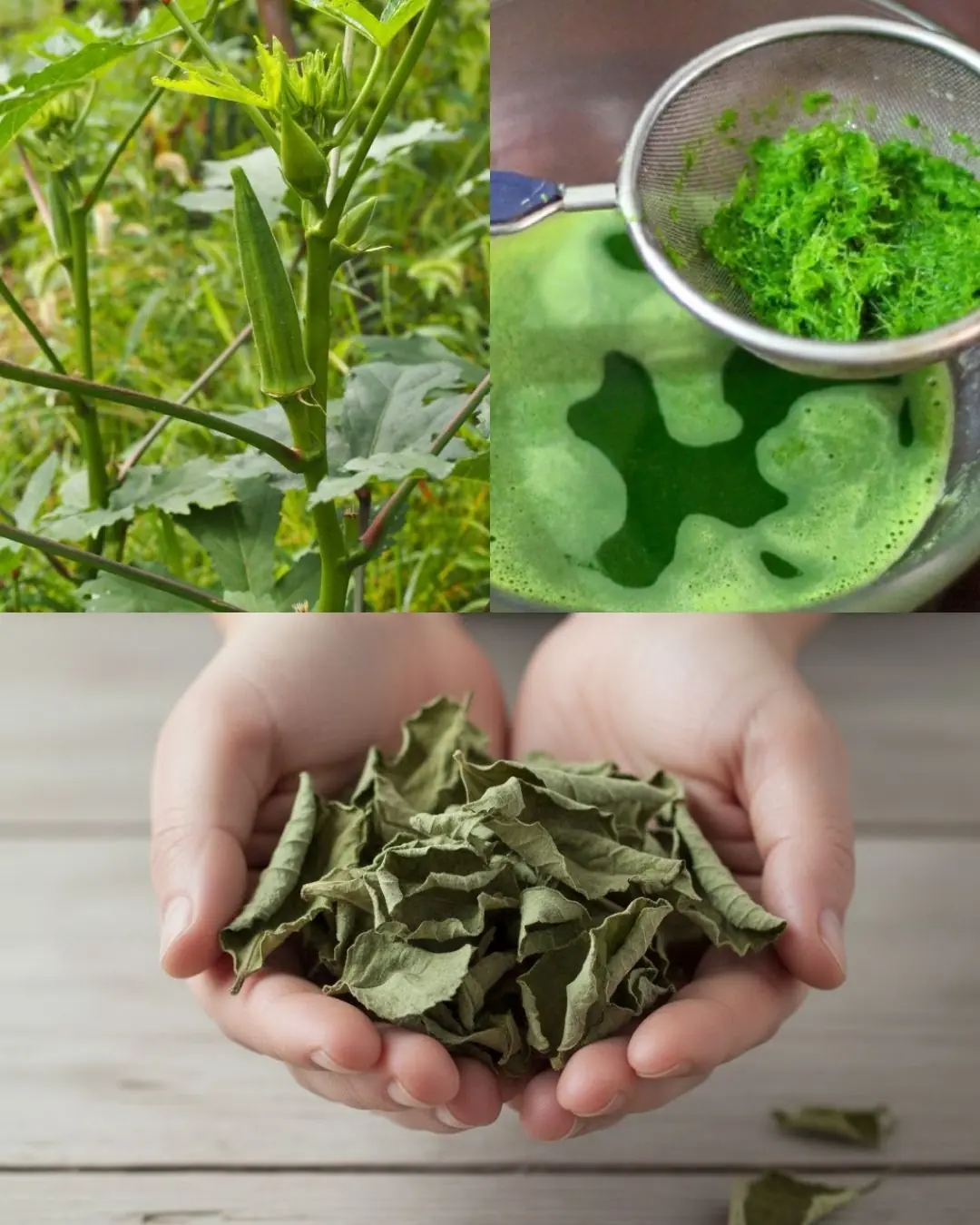
Okra Leaf Power: The Overlooked Green With Surprising Benefits

Leaf of Life – The Healing Plant Growing in Your Backyard

8 Methods That Clean Your Gut & Eliminate Constipation Fast! (100% Natural Remedies)
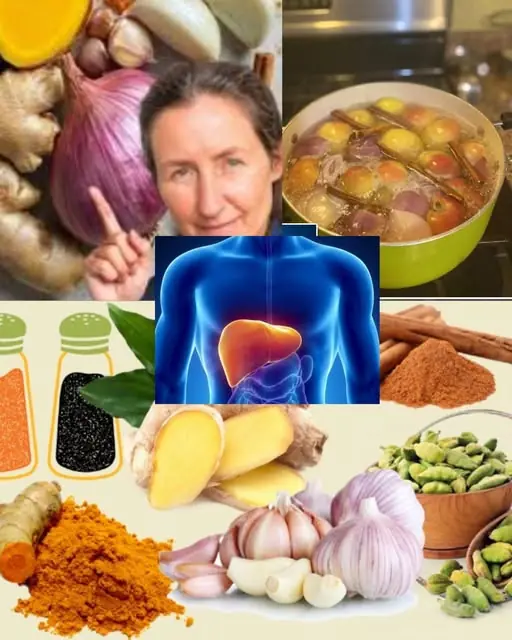
The Best Tea for Mornings and After Dinner: A Powerful Blend for Health

Euphorbia Hirta: 9 key health benefits of this versatile plant

Asthma Plant Tea – Benefits and Uses of Euphorbia hirta
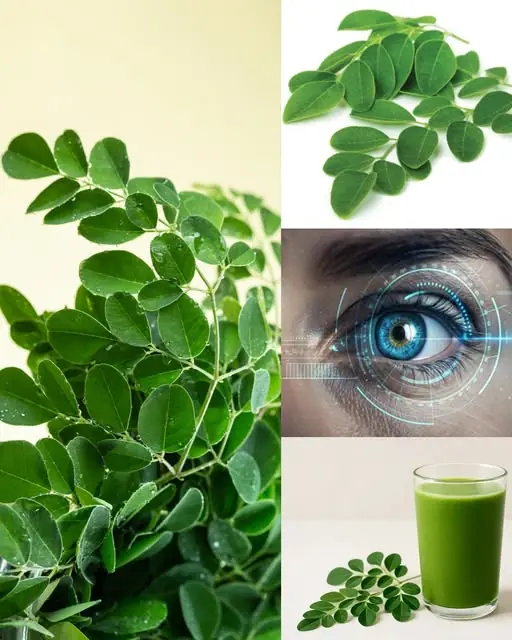
12 Powerful Benefits of Moringa Seeds
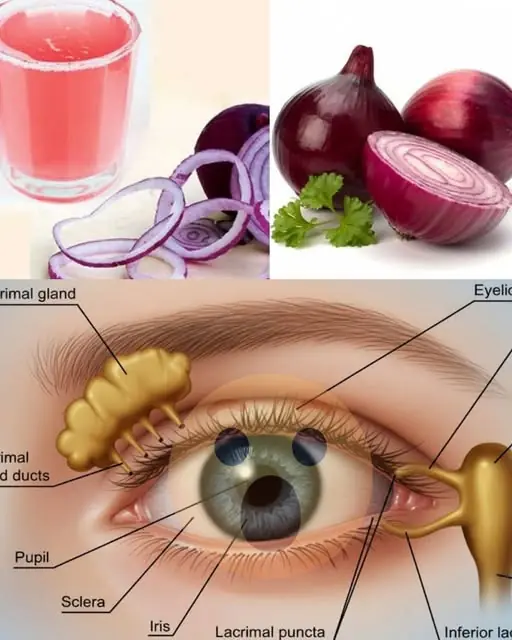
Onion Drink for Eye Health – A Natural Way to Improve Vision and Protect Your Eyes

Motherwort: Health Benefits, Traditional Uses & How to Use This Heart-Soothing Herb
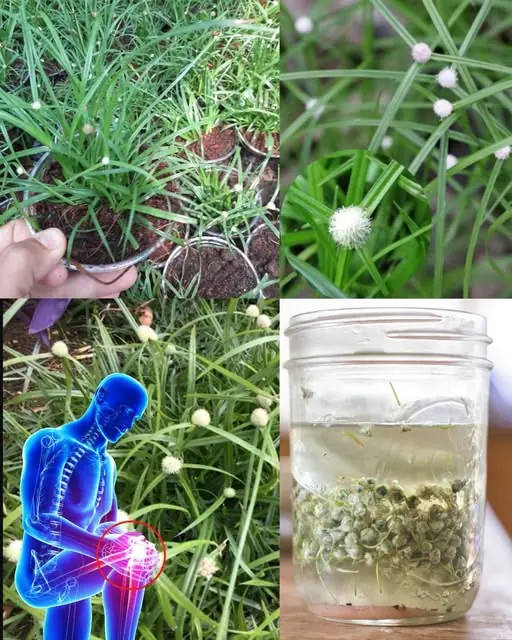
Kyllinga brevifolia (Rottb): Benefits and How to Use It

The four medicinal leaves: Avocado leaves, mango leaves, bay leaves, and guava leaves

Ginger – 100 Times More Powerful Than Botox: The Natural Secret to Eliminate Wrinkles, Freckles, and Dark Spots
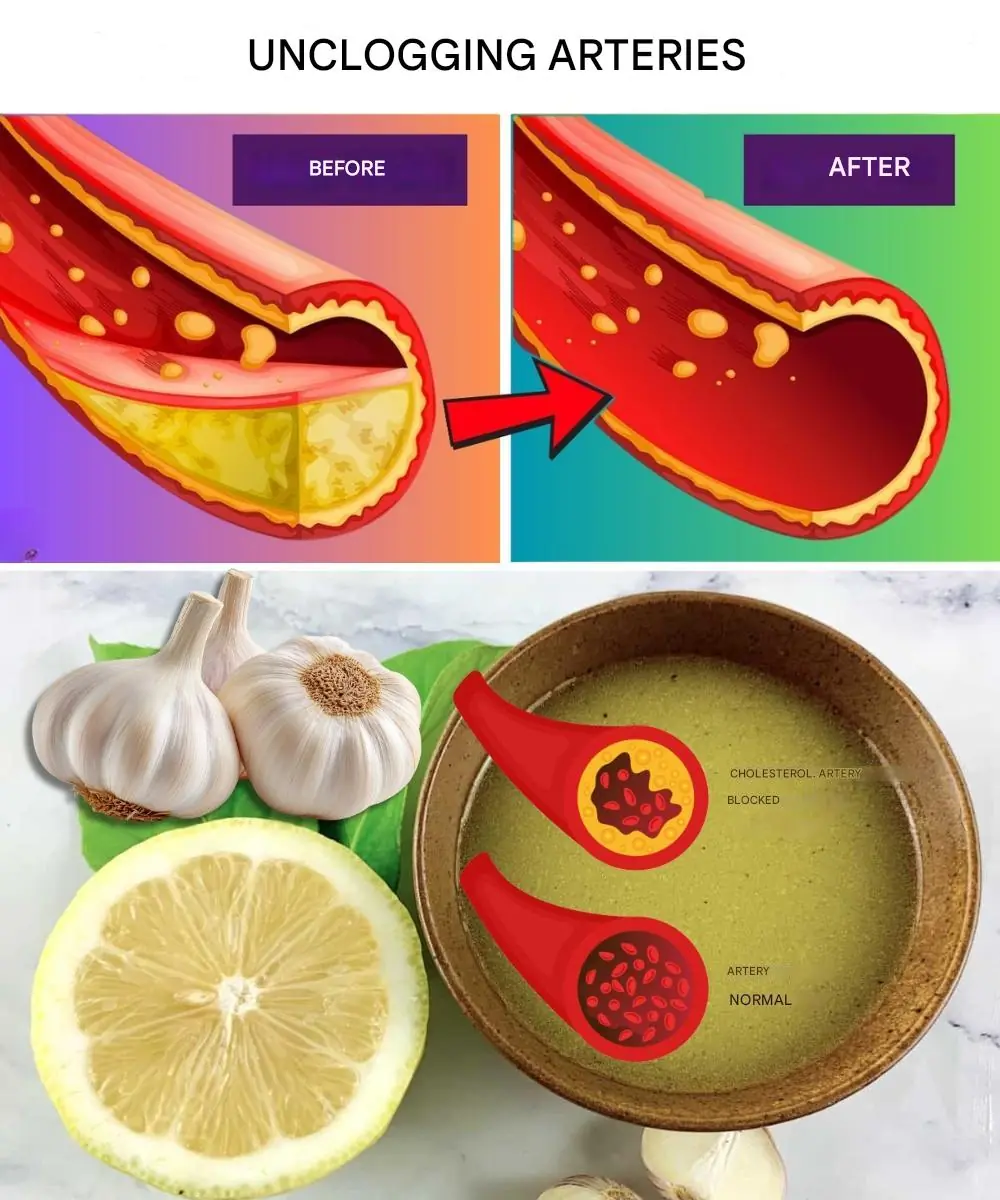
Clean Your Arteries Naturally with This Simple Homemade Juice — A Daily Tonic for Heart Health and Circulation
News Post
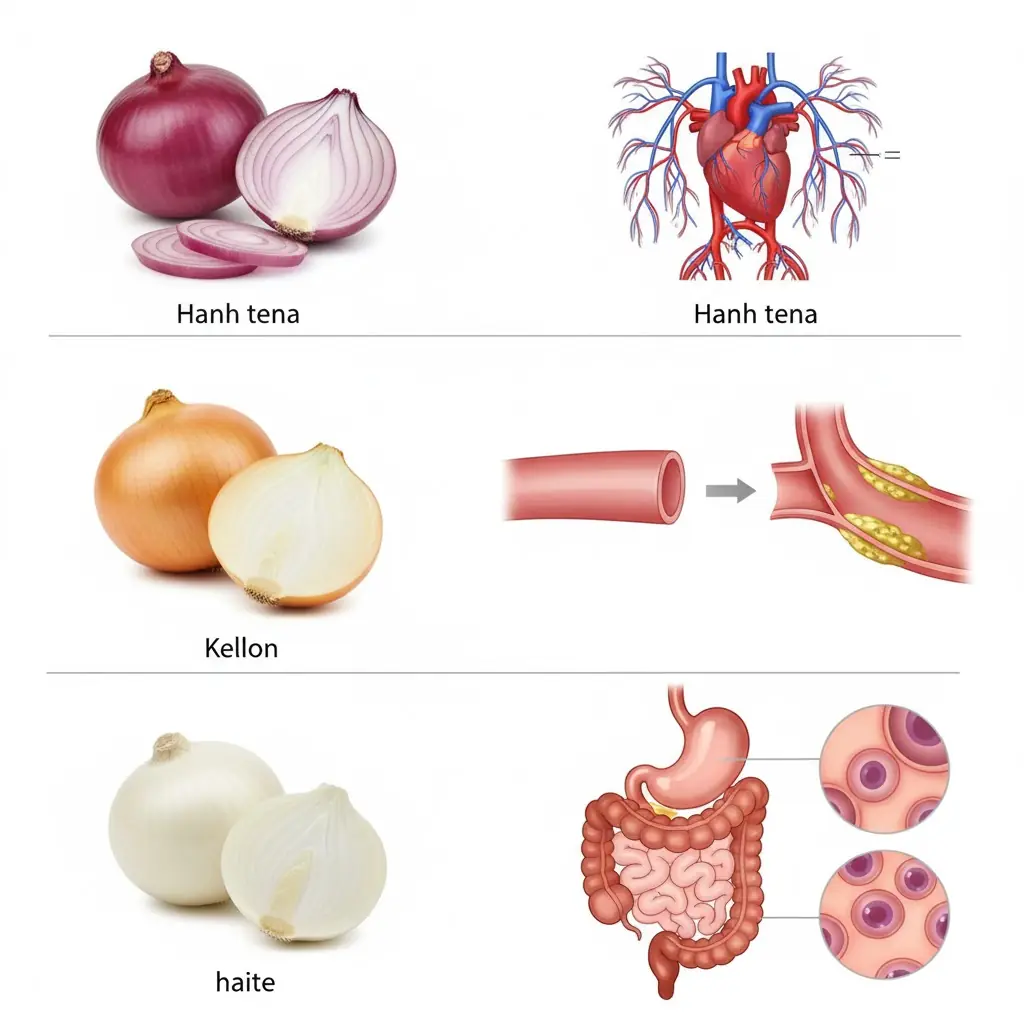
The Healing Power of Onions: Red, Yellow, and White — Three Natural Medicines in One Vegetable
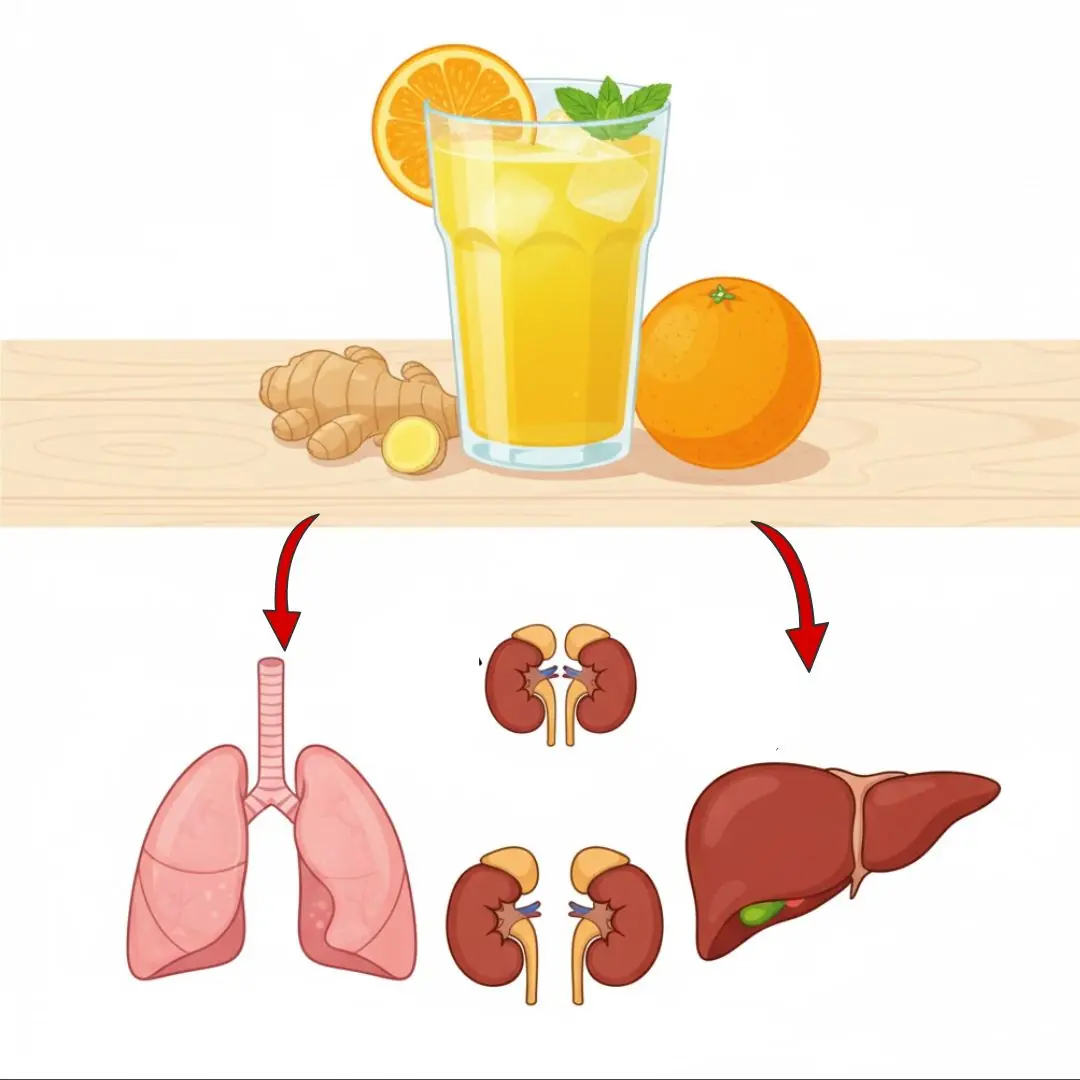
The 7-Day Organ Flush That Doctors Hate: Cleanse Kidneys, Liver & Lungs With Kitchen Staples

How to Naturally Eliminate Intestinal Parasites with Clove and Flax Seeds

Long-term melatonin use linked to increased heart failure risk, new study suggests

The #1 Food to Unclog Your Arteries Naturally

Could This Vibrant Beetroot Lip Balm Be Your Secret to Soft, Rosy Lips?
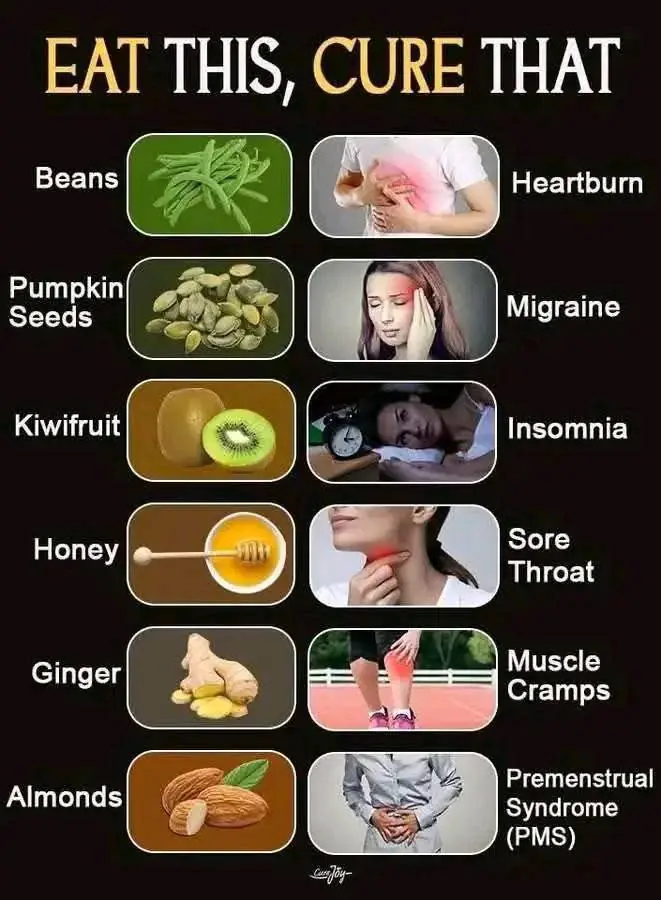
6 Everyday Foods That Can Help Relieve Common Health Symptoms — According to Science

This Homemade Coffee & Turmeric Eye Cream Will Erase Your Dark Circles

How to grow clove plant at home – from seed to spice

7 Benefits Of Papaya Seeds & How To Consume Them Correctly

Chanca Piedra (Stonebreaker): Benefits and Uses

Nerve damage? 6 best oils to help repair your nerves

Red Onion for Hair Growth: How This Overlooked Natural Remedy Can Stop Hair Fall and Boost Thickness Fast

Banana and Coffee: Powerful combination with surprising benefits

1 cup to protect the pancreas (and reduce blood sugar)

Manraj’s Journey: A Brave Little Fighter Who Beat Cancer

The Day Rick Swope Saved Jo-Jo the Chimp: A Heroic Act of Compassion

A Dramatic Rescue: The Courageous Effort to Save a Mother and Calf Elephant in Thailand

The Orange Cat and the Bears: A Friendship You Have to See to Believe
